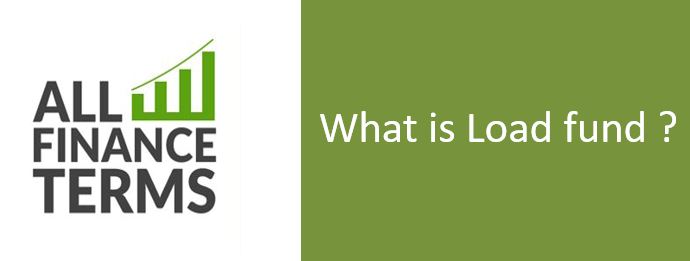Definition of Load fund
Load fund are those which include the charges of commission during the time of sale or purchase.
This commission is kind of agent or broker fee who offer their expertise for intelligent investment and appropriate time to sell them. This fee is normally in percentage form or amount of funds available to invest.
Brief Explanation of Load fund
TYPES OF LOAD FUNDS:
- Front end Load
- Back end Load
FRONT END LOAD: This is the commission taken during the purchase of the investment.
For example, if an investor wants to invest $ 100,000 and the load rate is 2 % then $ 2,000 would be given to the broker or agent as his commission and rest $ 98,000 would be used to purchase shares on investor’s behalf.
In load funds when the commission is deducted and less than intended amount is invested, investor demands high return at least to reach back to his initial investment.
The higher the amount and rate the higher it would affect the investors’ amount.
There is however a breakeven point after which the load is reduced. This is normally at a larger amount and is made to encourage investors to invest more. This breakeven point varies from investment to investment and institution to institution.
BACK END LOAD: This is the commission paid during the time of purchase of investment or security. This is normally not in percentage term but rather a fixed amount. It declines if the investment is 5 or 10 years old.


